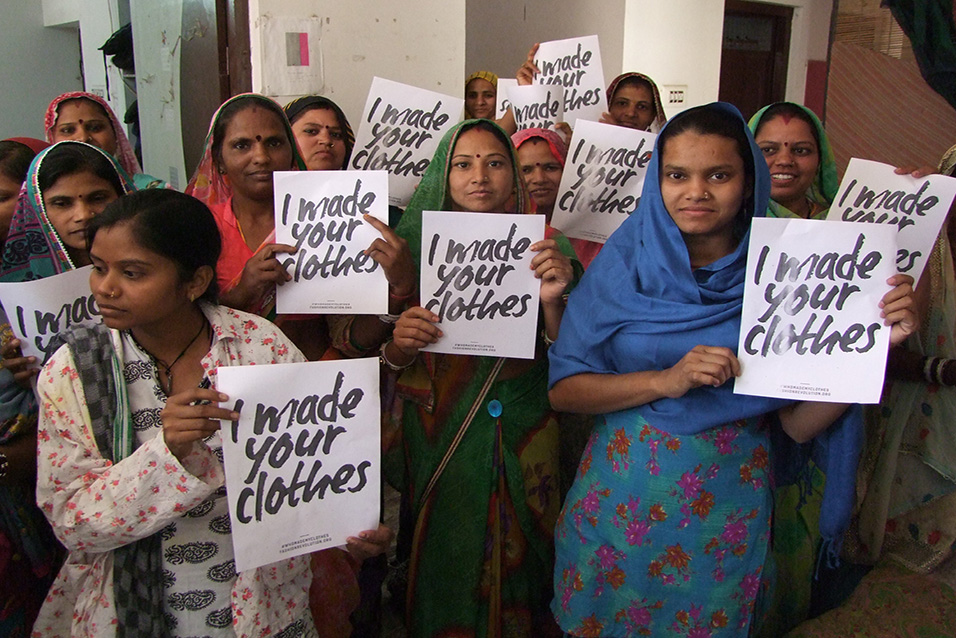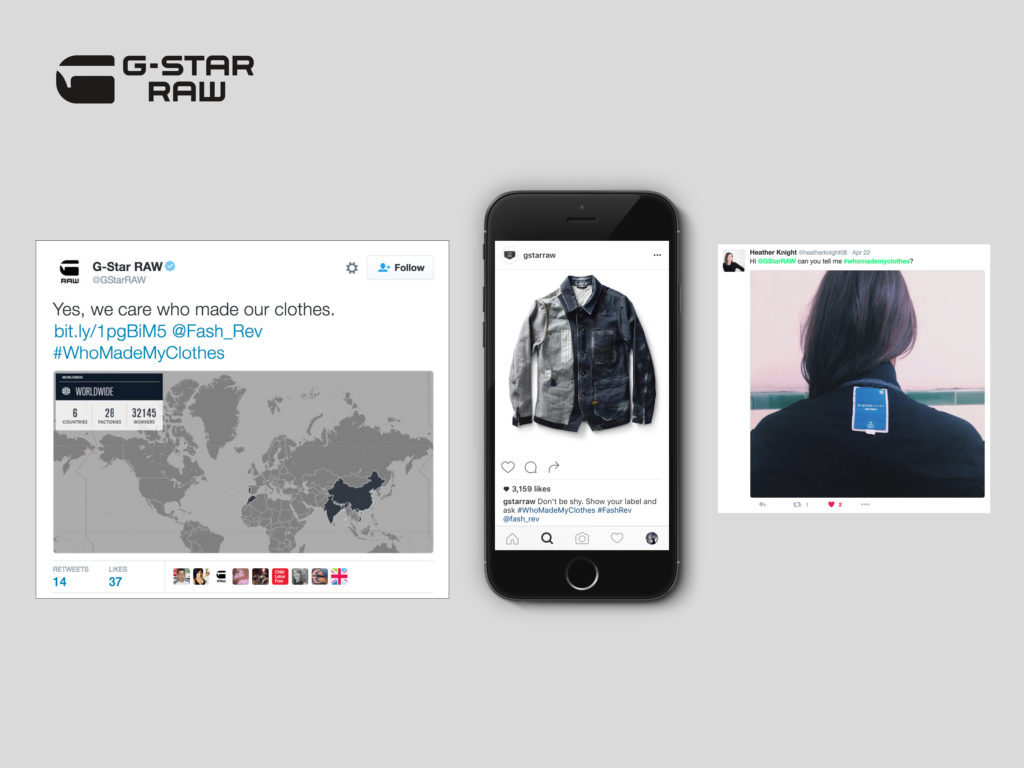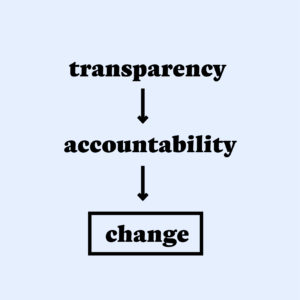
21 Apr How to build trust with transparency
Transparency is the foundation of any sustainable business. The invisible nature of supply chains has allowed consumers to become total strangers to them, and fashion among other industries often reiterates this.
IN REALITY, Transparency has been linked with long-term consumer loyalty*, be it through the breakdown of costs or the time and wo/man-power it takes to manufacture a product. Knowing there are humans behind a brand resonates with people. Transparency by itself is not enough and it must come hand in hand with the pursuit of growth – an acknowledgement of faults and showcasing active efforts to improve.
Any company that provides a manufactured product is inevitably making an impact on the environment, and addressing imperfections through public disclosure, invites trust and exhibits a culture of accountability. Although transparency isn’t the be-all and end-all of sustainability and ethics, it does create room for conversation and allows consumers to exercise their right to know. Non-disclosure on the other hand, perpetuates bad behaviour in practices and treatment of workers.
In 2013, when the Rana Plaza factory collapsed in Bangladesh killing over a thousand garment workers & injuring another two thousand five hundred, people had to dig through rubble to find out who should be held accountable. When industries perpetuate a culture of profit over people, there needs to be fundamental and institutional change in the way the industry operates as a whole.
Fashion Revolution has pioneered a movement of this sort, by mobilising consumers and expecting more from brands. This is why the hashtag #WhoMadeMyClothes was invented. The social media campaign encouraged people to show their clothes label, and ask brands a simple question – Who made my clothes? – a question that puts pressure on companies to know and share information about their workers.

Fashion Revolution’s Transparency Index ranks the world’s largest fashion brands according to transparency about their social and environmental practices, policies and impacts. Through this transparency index, indicators of animal welfare, environmental impact, forced labour, waste and working conditions are evident. The most recent index revealed that a majority of brands still lacked transparency on social and environmental issues, however, brands that participated in the index through a questionnaire, have been influenced to disclose more information year after year. This makes one thing clear, accountability encourages improvement.
The coronavirus has shed a light on the value of transparency, many companies have halted production and payments, or cancelled orders, with little to no regard to the livelihood of workers across the supply chain. Due to a lack of transparency, as stakeholders, it is increasingly hard to hold brands accountable.
The importance of Fashion Revolution’s Transparency Index is that it creates room for constructive conversations with some of the world’s largest fashion houses and how they can be more transparent. By measuring progress across the industry, Fashion Revolution can push brands harder and faster towards transparent practices, in the hopes that social and environmental responsibility ensue. This attitude can be applied to every industry, and it must be.
Here are 5 steps on how your business can more transparent:
1. Get to know your supply chain
The first step is to map it out. List out your supply chain & understand the different tiers it may have. Get to know who your suppliers are & where they are coming from – ask yourself whom do you have most contact with from your known supply chain?
2. Get insights & Build Relationships
Once you have mapped out your supply chain that you have access &/or knowledge of, start to understand if you can go deeper within your chain. Make contact with the suppliers that you have relationships with, if you have none then begin forming them – relationship building is a crucial step towards more transparency.
3. Publish your supply chain & communicate about it
Publish any information that you have about your supply chains: factory names, websites, people, working conditions etc. Then find different creative ways on how to integrate this information into your marketing strategies. Feature the people behind your supply chains, celebrate them and begin to make those invisible ties visible.
4. Create criteria & standards
Once you get more information about your supply chain (where & who) begin to lay down criteria around the kind of suppliers that you want your brand to be associated with. Set certain standards that you expect from your suppliers & use them in order to guide you when it comes to on boarding new suppliers.
5. Relationship building is key
Remember, a lot of suppliers might not be willing to disclose their information about the deeper tiers. That is why building & maintaining honest relationships with your suppliers is extremely important for this shift in transparency. It takes trust & willingness, which is not built in a day.
Follow @fashrev_mlt to find out how you can be a part of the #FashionRevolution
Written by Roberta Micallef; Fashion Revolution Malta volunteer.



Sorry, the comment form is closed at this time.